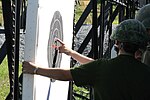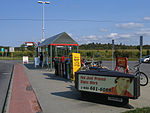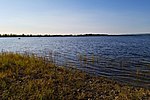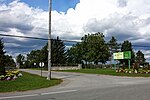Communications Research Centre Canada
The Communications Research Centre Canada (CRC; French: Centre de recherches sur les communications Canada) is a Canadian government scientific laboratory for research and development in wireless technologies, with a particular focus on the efficient use of radio frequency spectrum. Its mission is as follows: To perform wireless telecommunications research and development (R&D) that advances the efficient use of the radio spectrum, and serves as the government's leading source of scientific knowledge and technical advice for spectrum management, regulation and policy purposes; To support critical wireless telecommunications operational requirements of Government of Canada departments and agencies, such as National Defence and Public Safety; To take part in strategic R&D collaborations that leverage CRC's activities, resulting in knowledge and technology transfer that benefit Canadian industry, the economy and Canadians.
Excerpt from the Wikipedia article Communications Research Centre Canada (License: CC BY-SA 3.0, Authors).Communications Research Centre Canada
Carling Avenue, Ottawa Nepean
Geographical coordinates (GPS) Address Nearby Places Show on map
Geographical coordinates (GPS)
| Latitude | Longitude |
|---|---|
| N 45.3463 ° | E -75.8841 ° |
Address
Carling Avenue
K2K 2A1 Ottawa, Nepean
Ontario, Canada
Open on Google Maps






